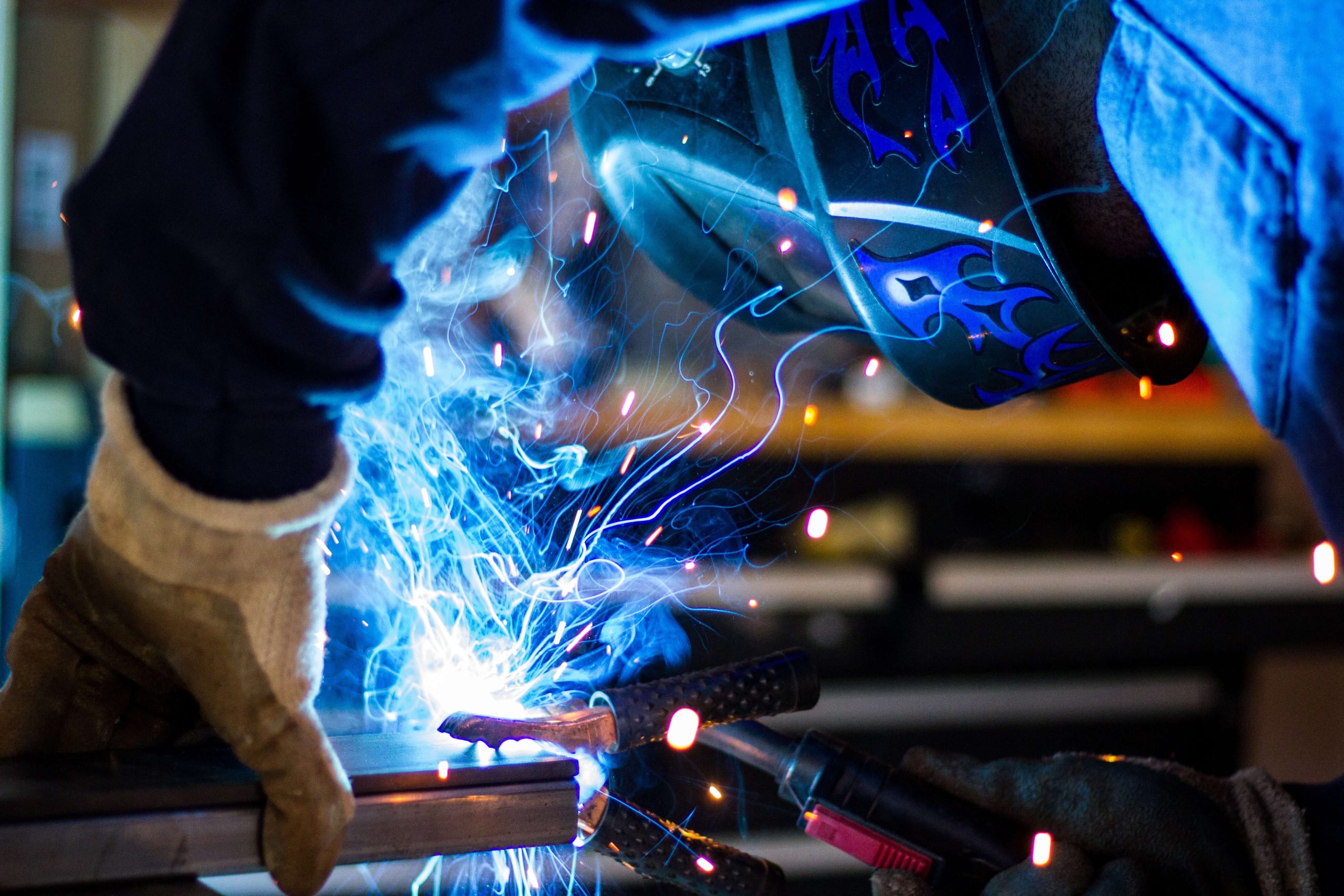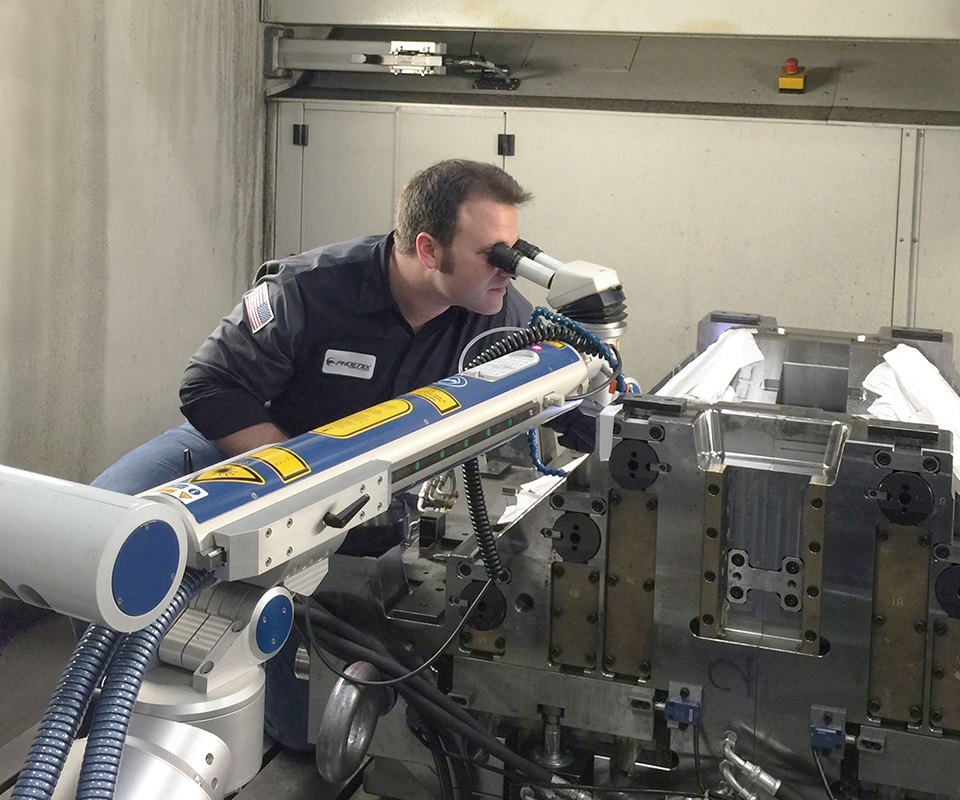What to learn about overheating prevention from Montana Mobile Welding and Repair
Typical Welding Repair Issues and Exactly How to Address Them Successfully
Welding repair services often come across a range of problems that can threaten the honesty of the end product. Typical problems include insufficient infiltration, porosity, and misalignment, among others. Each problem offers special difficulties that need specific methods for resolution. Recognizing these issues is vital for welders aiming to enhance their abilities and end results. This conversation will certainly check out these common welding repair work concerns and effective approaches to resolve them.
Poor Infiltration
Inadequate infiltration takes place when the weld steel stops working to fully fuse with the base material, causing weak joints and prospective architectural failings. This issue typically comes from insufficient warmth input, wrong electrode angle, or improper welding rate. Welders might come across insufficient penetration because of a miscalculation of the required parameters for a specific material thickness or type. Additionally, contamination on the base material's surface can prevent efficient bonding, worsening the problem. To resolve poor infiltration, welders should ensure ideal setups on their tools and preserve a tidy job surface area. Normal evaluation of welds is suggested to recognize any type of shortages early, permitting timely improvements and the prevention of jeopardized architectural integrity in welded settings up.
Porosity
Porosity is an usual problem in welded joints that shows up as tiny gas bubbles trapped within the weld steel. This defect can endanger the integrity of the weld, leading to decreased toughness and prospective failing under stress and anxiety. Montana Mobile Welding and Repair Fabrication. Porosity generally occurs from contamination, dampness, or improper welding strategies, which permit gases to escape into the molten weld pool. To deal with porosity, welders should assure correct surface preparation, maintain a clean workplace, and use suitable welding parameters. Additionally, choosing the right filler material and shielding gas can minimize gas entrapment. Routine evaluation and testing of welds can assist recognize porosity early, ensuring timely corrective actions are taken, consequently protecting the top quality and integrity of the welded framework
Misalignment
Misalignment in welding can develop from different aspects, consisting of improper configuration and thermal growth. Comprehending the root causes is necessary for efficient resolution. Several adjustment techniques are offered to realign parts and ensure structural stability.
Sources of Imbalance
Welding misalignment typically comes from a selection of underlying issues that can compromise architectural integrity. One key cause is inappropriate fit-up of elements prior to welding, which can lead to gaps and irregular surfaces. Variations in thermal growth throughout the welding procedure can additionally cause distortion, particularly if the materials being signed up with have different coefficients of development. Furthermore, poor fixturing and clamping may fail to hold components firmly in position, bring about motion throughout welding. Inadequately maintained tools, consisting of welding devices and tools, might present disparities in the weld bead, more adding to misalignment. Driver mistake, stemming from insufficient training or experience, can also play a considerable role in creating misaligned welds.

Modification Strategies Offered
Dealing with misalignment successfully requires a combination of rehabilitative strategies customized to the details concerns available. One typical method is making use of components or jigs to hold parts in the appropriate setting during welding, making certain consistent positioning. Additionally, preheating the materials can help in reducing distortion and enhance fit-up. For significant imbalance, mechanical adjustment techniques, such as using hydraulic jacks or clamps, can be employed to deal with the position before welding. Post-weld warmth therapy may additionally be essential to eliminate anxieties brought on by misalignment. Cautious evaluation and modification during the setup phase can stop misalignment issues from coming to be considerable issues, advertising a smoother welding procedure and enhancing total structural honesty.
Distortion
Distortion is a typical obstacle in welding that can emerge from different factors, consisting of uneven heating & cooling. Comprehending the reasons for distortion is necessary for executing effective avoidance methods. Addressing this problem not just enhances architectural stability but likewise improves the total top quality of the weld.
Reasons for Distortion
When based on the extreme warmth of welding, materials typically undertake changes that can lead to distortion. This phenomenon primarily arises from thermal growth and tightening during the welding process. As the weld area heats up, the material expands; upon cooling, it acquires, which can produce interior anxieties. Furthermore, irregular heating across a work surface can intensify these stresses, causing warping or bending. The sort of product also plays a substantial function; steels with varying thermal conductivity and coefficients of expansion might react differently, bring about unpredictable distortions. Inadequate joint layout and insufficient fixturing can contribute to misalignment throughout welding, enhancing the likelihood of distortion. Understanding these reasons is necessary for reliable welding repair service and avoidance techniques.
Prevention Techniques
Efficient avoidance methods for distortion throughout welding focus on managing warm input and guaranteeing correct joint style. Maintaining a consistent warmth input aids to decrease thermal expansion and tightening, which can cause distortion. Making use of methods such as preheating the workpiece can also decrease the temperature level slope, advertising uniform heating. Additionally, picking appropriate joint layouts, such as T-joints or lap joints, can boost security and minimize tension focus. Implementing correct fixturing to safeguard the workpieces in place better help in maintaining placement during the welding process. Finally, staggered welding sequences can disperse heat extra evenly, stopping localized distortion. By applying these approaches, welders can significantly decrease the probability of distortion and improve the overall quality of their welds.
Breaking
Breaking is a typical problem come across in welding repair work, frequently resulting from various aspects such as inappropriate cooling prices, material option, or insufficient joint prep work. The event of fractures can significantly endanger the honesty of the weld, causing possible failures during operation. To address this issue, welders should first analyze the origin, ensuring that materials work and properly picked for the particular application. In addition, regulating the air conditioning rate during the welding procedure is necessary; rapid cooling can cause stress and anxiety and cause fracturing. Appropriate joint layout and prep work additionally add to reducing the threat. Implementing these strategies can improve weld quality and durability, eventually minimizing the likelihood of splitting in completed weldments.

Insufficient Combination
A substantial issue in welding repairs is insufficient combination, which happens when the weld metal does not effectively bond with the base material or previous weld passes - Fabrication. This problem can cause weaknesses in the joint, possibly compromising the integrity of the bonded framework. Aspects contributing to incomplete combination consist of insufficient heat input, inappropriate welding technique, and contamination of the surface areas being signed up with. To resolve this concern properly, welders should ensure appropriate pre-weld cleaning and surface area prep work, as well as adjust their welding parameters to achieve sufficient infiltration and blend. Regular evaluation throughout the welding procedure can additionally aid recognize insufficient blend early, enabling prompt corrective steps to boost the general high quality of the weld
Overheating
While welding repairs can improve structural integrity, overheating offers a considerable difficulty that can bring about material destruction. Extreme warmth during welding can modify the mechanical residential or commercial properties of metals, resulting in decreased stamina, boosted brittleness, and bending. visit this site This sensation is particularly vital in high-stress applications where architectural dependability is vital. Recognizing getting too hot can entail visual examinations for discoloration or distortion, as well as keeping an eye on temperature during the welding process. To alleviate the risks linked with overheating, welders ought to use suitable techniques, such as managing warmth input, changing travel speed, and using suitable filler products. In addition, carrying out pre- and post-weld heat therapies can aid restore material buildings and improve the overall high quality of the repair service, making sure long-term performance and safety and security.
Often Asked Inquiries
What Are the Common Signs of a Welding Issue?

How Can I Check My Welds for High quality?
To test welds for high quality, one can use visual assessments, ultrasonic screening, and radiographic approaches. Each strategy ensures architectural integrity, determines defects, and wikipedia reference validates adherence to defined criteria, ultimately improving the integrity of the bonded joints.
What Security Safety Measures Should I Take While Welding?
When welding, one must focus on security by wearing proper individual protective equipment, making sure appropriate ventilation, securing flammable products away, keeping a clean office, and being conscious of environments to avoid crashes and injuries.
Can I Fix a Weld Without Redoing the Entire Joint?
Repairing a weld without renovating the entire joint is possible, depending upon the damage (Montana Mobile Welding and Repair Fabrication). Methods such as grinding, including filler product, or using a welding procedure can properly resolve particular imperfections while preserving the surrounding framework
What Devices Are Important for Effective Welding Repair Works?
Important tools for effective welding fixings include a welding maker, cord brush, mill, protective gear, clamps, and filler materials. Each tool plays an essential function in ensuring quality and safety and security during the repair procedure. Porosity normally develops from contamination, dampness, or inappropriate welding techniques, which enable gases to get away into the molten weld swimming Visit This Link pool. Inadequately kept tools, including welding machines and devices, might present incongruities in the weld grain, further adding to misalignment. When subjected to the extreme heat of welding, materials commonly undertake adjustments that can lead to distortion. Fracturing is an usual problem come across in welding repair work, often resulting from different elements such as improper cooling rates, material selection, or poor joint preparation. A considerable concern in welding fixings is incomplete blend, which occurs when the weld steel does not sufficiently bond with the base material or previous weld passes.